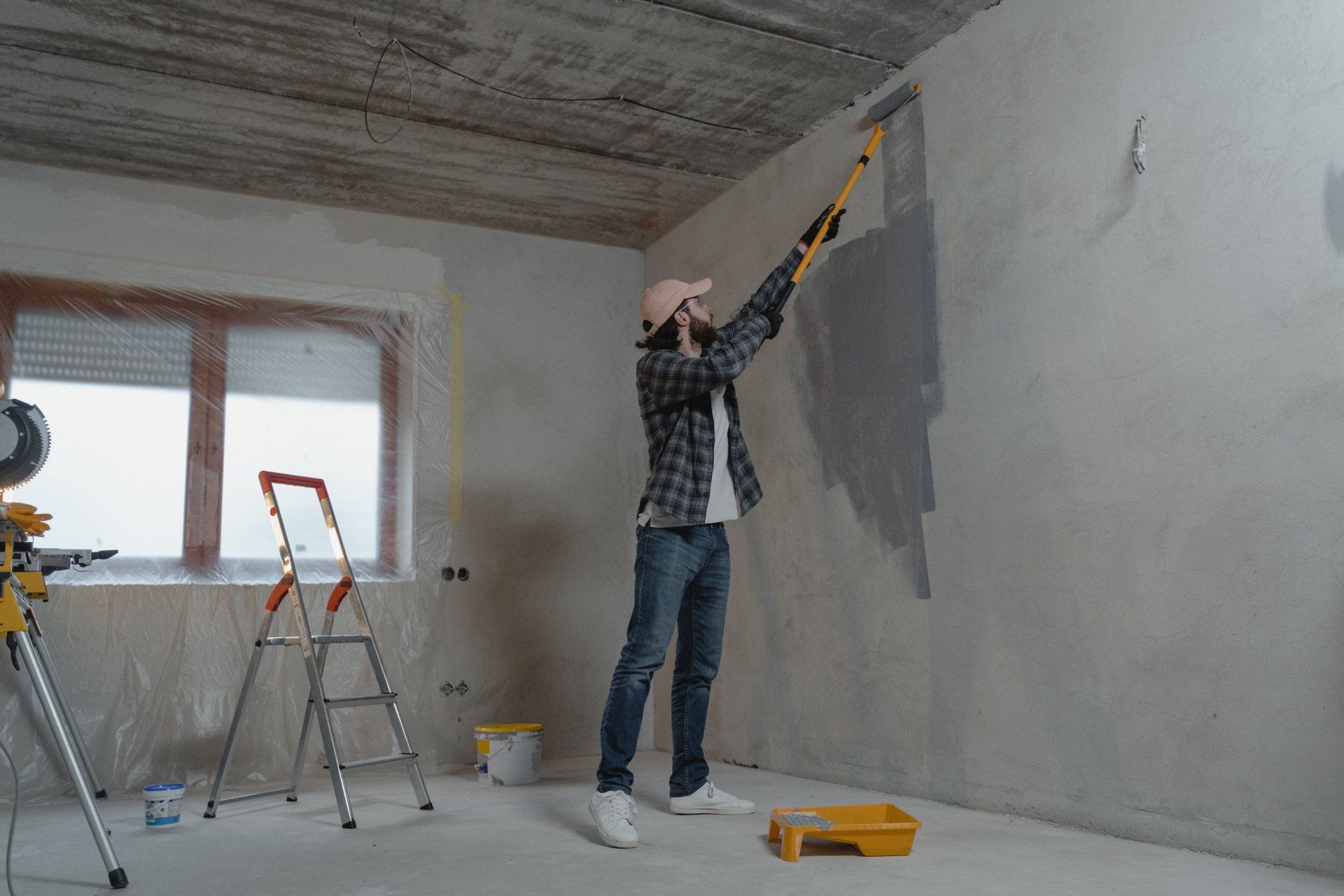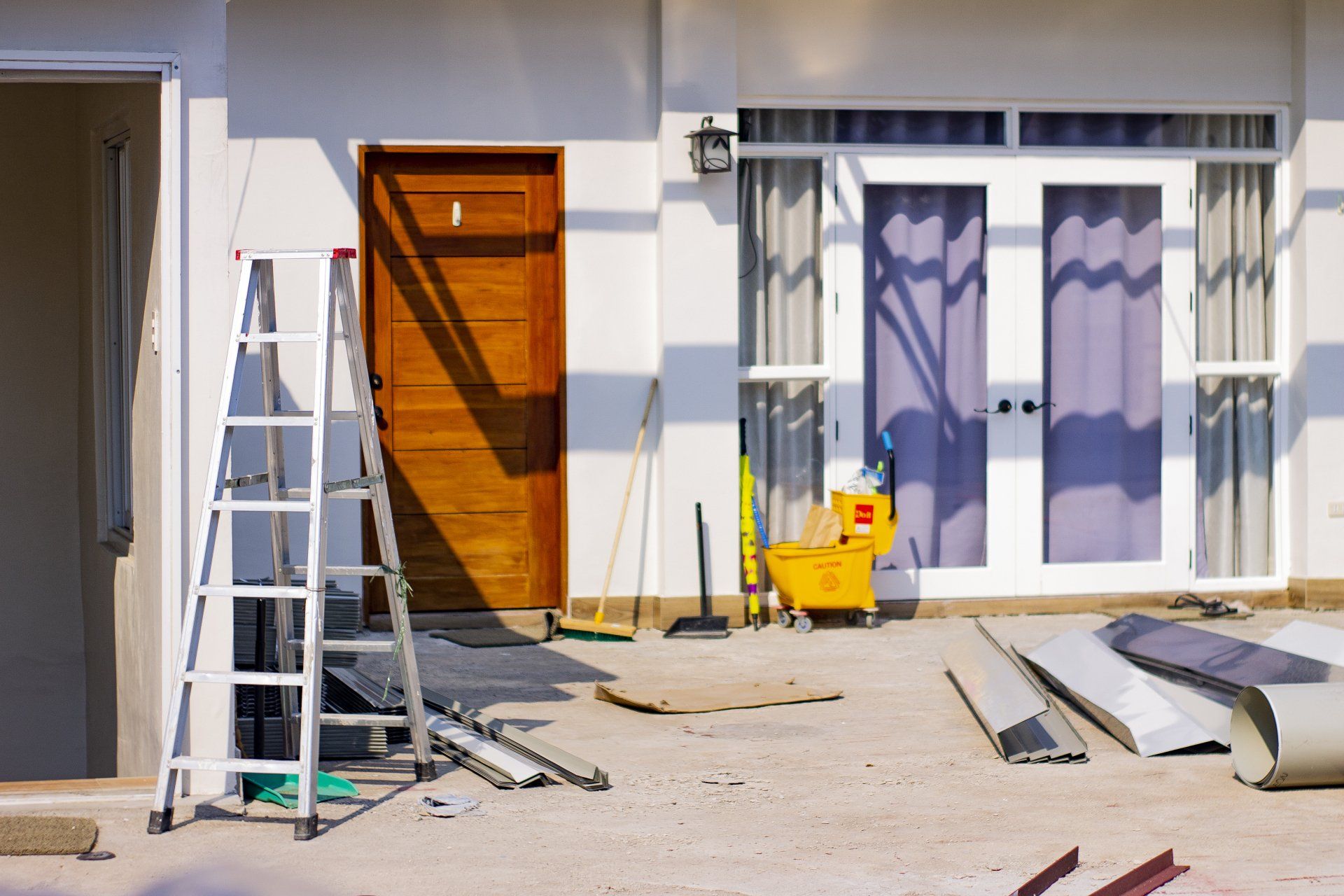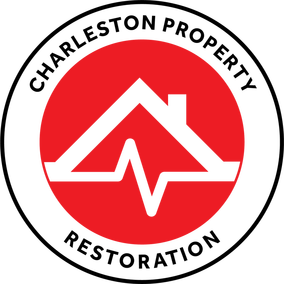Property Restoration Pitfalls to Avoid: Learn From Common Mistakes
Embarking on a property restoration project can be both exciting and daunting. Whether you're reviving an old home, renovating a commercial space, or simply giving your property a fresh new look, it's essential to tread carefully to avoid common pitfalls that can derail your efforts and drain your resources. In this blog, we'll delve into the intricacies of property restoration and uncover the most prevalent mistakes that property owners often encounter. From underestimating the scope of work to overlooking crucial details in the planning phase, each misstep can have significant repercussions on your project's timeline, budget, and overall success. By learning from the experiences of others and arming yourself with knowledge, you can navigate the restoration process with confidence and ensure that your property transformation journey is smooth and rewarding. Join us as we explore the key pitfalls to steer clear of, empowering you to achieve your restoration goals effectively.
Skipping Professional Assessment: The Risks of Overlooking Expert Evaluation in Property Restoration
Property damage, whether from natural disasters like floods or storms, or incidents like fires, can be overwhelming. In the rush to restore your property and return to normalcy, it's tempting to skip the step of seeking a professional assessment of the damage. However, this seemingly innocent shortcut can lead to significant complications and unforeseen costs down the line. Let's delve deeper into why skipping a professional assessment during property restoration can be a grave mistake.
Hidden Damage
One of the most compelling reasons for obtaining a professional assessment is to uncover hidden damage. While superficial damage may be evident, such as charred walls or waterlogged floors, there could be underlying issues that are not immediately apparent. Trained assessors have the expertise to identify structural damage, electrical problems, and other issues that may not be visible to the untrained eye. Ignoring these hidden problems can result in incomplete restoration and future complications.
Inaccurate Cost Estimation
Without a professional assessment, it's challenging to accurately estimate the cost of restoration. DIY assessments or rough guesses based on visible damage may lead to underestimating the true extent of the restoration work required. This can result in financial strain as unexpected expenses arise throughout the restoration process. Professional assessors provide detailed evaluations that take into account all aspects of the damage, allowing for a more accurate cost estimation upfront.
Insurance Complications
When filing an insurance claim for property damage, insurers often require documentation and evidence of the extent of the damage. Without a professional assessment, you may struggle to provide the necessary proof to support your claim. Insurance companies rely on expert assessments to determine the validity of claims and the appropriate coverage amounts. Skipping this crucial step can lead to disputes with insurers and delays in receiving compensation for the damage.
Safety Concerns
Attempting to assess property damage without the necessary expertise can pose safety risks. Structural instability, electrical hazards, and contaminated materials are just a few examples of potential dangers that may be present in a damaged property. Professional assessors are trained to identify and mitigate these risks, ensuring the safety of both occupants and restoration workers. Skipping a professional assessment puts everyone involved in the restoration process at risk of injury or illness.
Long-Term Consequences
Perhaps the most significant risk of skipping a professional assessment is the potential for long-term consequences. Undetected damage or inadequate restoration efforts can lead to ongoing problems such as mold growth, structural decay, and compromised safety. These issues not only diminish the value of the property but also pose health and safety risks to occupants. By addressing all aspects of the damage through a professional assessment, you can mitigate the risk of future complications and ensure a thorough restoration.
Failing to Document Damage
Failing to document damage during property restoration can have far-reaching consequences, both immediate and long-term. This oversight can significantly impact your ability to accurately assess the extent of the damage, hinder your insurance claim process, and potentially lead to disputes with insurance companies. Here's a deeper dive into why failing to document damage is a critical pitfall to avoid:
Impeded Insurance Claims: When you file an insurance claim for property damage, documentation is your strongest ally. Without comprehensive documentation of the damage, including photographs, videos, and written descriptions, your insurance company may dispute the extent of the damage or deny your claim altogether. This can leave you facing significant financial burdens as you struggle to cover the costs of restoration out of pocket.
Lack of Evidence: Documentation serves as tangible evidence of the damage incurred, providing proof of the need for restoration and the extent of the losses. Without this evidence, it becomes a case of your word against the insurance company's, making it challenging to negotiate a fair settlement. Proper documentation acts as a safeguard against potential disputes, helping to ensure that you receive the compensation you're entitled to under your insurance policy.
Incomplete Restoration: Failure to document damage can result in an incomplete restoration process. Without a clear understanding of the full extent of the damage, you may overlook critical areas that require attention, leading to lingering issues that could worsen over time. Inadequate restoration can compromise the structural integrity of your property, diminish its value, and increase the risk of future damage.
Difficulty in Assessing Costs: Accurate documentation is essential for estimating the costs associated with property restoration. Without a detailed record of the damage, it's challenging to provide restoration professionals and insurance adjusters with an accurate assessment of the work required and the associated costs. This can lead to delays in the restoration process and budgetary uncertainties, making it harder to plan and execute the necessary repairs effectively.
Long-Term Consequences: The consequences of failing to document damage can extend well beyond the immediate restoration process. Incomplete documentation can leave you vulnerable to future disputes, especially if hidden damage surfaces or if the property undergoes a change in ownership. Proper documentation provides a historical record of the damage and the steps taken to address it, helping to protect your interests in the long run.
Charleston Property Restoration, we understand the importance of avoiding common pitfalls in property restoration to ensure efficient and effective results for our clients in Charleston, WV, and beyond. By learning from past mistakes and staying vigilant against potential pitfalls, we strive to provide top-notch restoration services tailored to each client's unique needs. With our commitment to excellence and years of experience, clients can trust us to navigate any restoration project with professionalism and expertise, delivering peace of mind and restored properties that exceed expectations. Contact us at (304) 964-2275 to experience our dedicated service firsthand.










Areas Served:
Greater Kanawha Valley Region And Surrounding Areas
Kanawha City, WV
Phone:
Charleston Property Restoration Copyright © 2023


